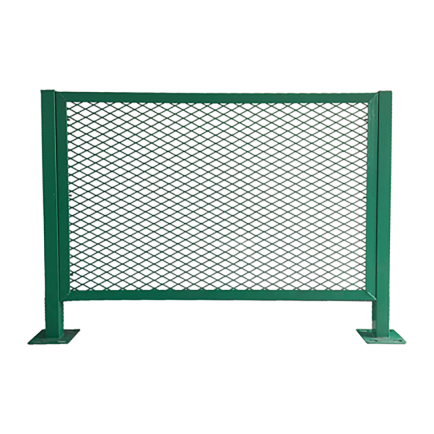Understanding the Price of Perforated Sheets per Kilogram
Perforated sheets have gained significant popularity across various industries due to their unique properties and versatile applications. These sheets, made from different materials such as stainless steel, aluminum, and mild steel, feature a series of holes punched in various patterns. They are utilized in diverse fields, including construction, architecture, filtration, and automotive industries. However, one of the critical factors influencing their selection and usage is the price, particularly the cost per kilogram.
Factors Influencing Price
1. Material Type The cost of perforated sheets can vary significantly depending on the material used. Stainless steel and aluminum are generally more expensive due to their corrosion resistance and structural integrity compared to mild steel. For instance, a stainless steel perforated sheet may range from $5 to $10 per kilogram, while mild steel perforated sheets may be priced between $2 to $4 per kilogram. The choice of material will heavily influence the overall price.
2. Hole Size and Pattern The size, shape, and pattern of the holes also play a crucial role in determining the price of perforated sheets. Custom designs or intricate patterns may require more advanced manufacturing processes, leading to higher costs. Additionally, larger holes may require more material removal during the production process, affecting the cost per kilogram. Simpler, standardized patterns can often be produced at a lower cost.
3. Thickness of the Sheet The thickness of the perforated sheet directly impacts its weight and strength, thus influencing the price per kilogram. Thicker sheets generally offer greater durability and strength, making them more expensive. For applications where strength is crucial, investing in thicker sheets may be warranted despite the higher price.
perforated sheet price per kg

4. Manufacturing Process The complexity of the manufacturing process can affect the cost as well. Techniques like laser cutting or CNC machining tend to be more expensive than conventional drilling or punching methods. The level of automation in production can also influence pricing, with fully automated systems typically yielding lower costs due to increased efficiency.
5. Market Trends and Demand Prices for perforated sheets can fluctuate based on market demand and economic conditions. During periods of high demand, prices may rise, while downturns in construction or manufacturing can lead to reduced prices. Tracking these market trends can provide insight into when it might be the best time to purchase.
6. Supplier and Location The pricing can also vary significantly based on the supplier and geographical location. Local suppliers might offer competitive pricing due to lower shipping costs, while international suppliers may charge more due to additional logistics and import fees. It’s advisable to compare multiple suppliers to find the best deal.
Conclusion
In conclusion, the price of perforated sheets per kilogram is influenced by multiple factors, including the material used, hole patterns, sheet thickness, manufacturing processes, market conditions, and supplier location. Understanding these aspects can help businesses and consumers make informed purchasing decisions. When considering perforated sheets for your projects, it’s essential to assess your specific needs, budget constraints, and the long-term benefits of the material to ensure an optimal choice. As industries continue to evolve, the applications for perforated sheets will expand, making them a mainstay in modern manufacturing and design.
-
Why Galvanized Trench Cover Steel Grating Resists Corrosion
NewsJul.10,2025
-
The Versatility and Strength of Stainless Expanded Metal Mesh
NewsJul.10,2025
-
Load Calculations in Steel Grating Platforms
NewsJul.10,2025
-
Keeping Pets and Kids Safe with Chicken Wire Deck Railing
NewsJul.10,2025
-
Hole Diameter and Pitch for Round Perforated Metal Sheets
NewsJul.10,2025
-
Aluminium Diamond Mesh in Modern Architecture
NewsJul.10,2025
Subscribe now!
Stay up to date with the latest on Fry Steeland industry news.

